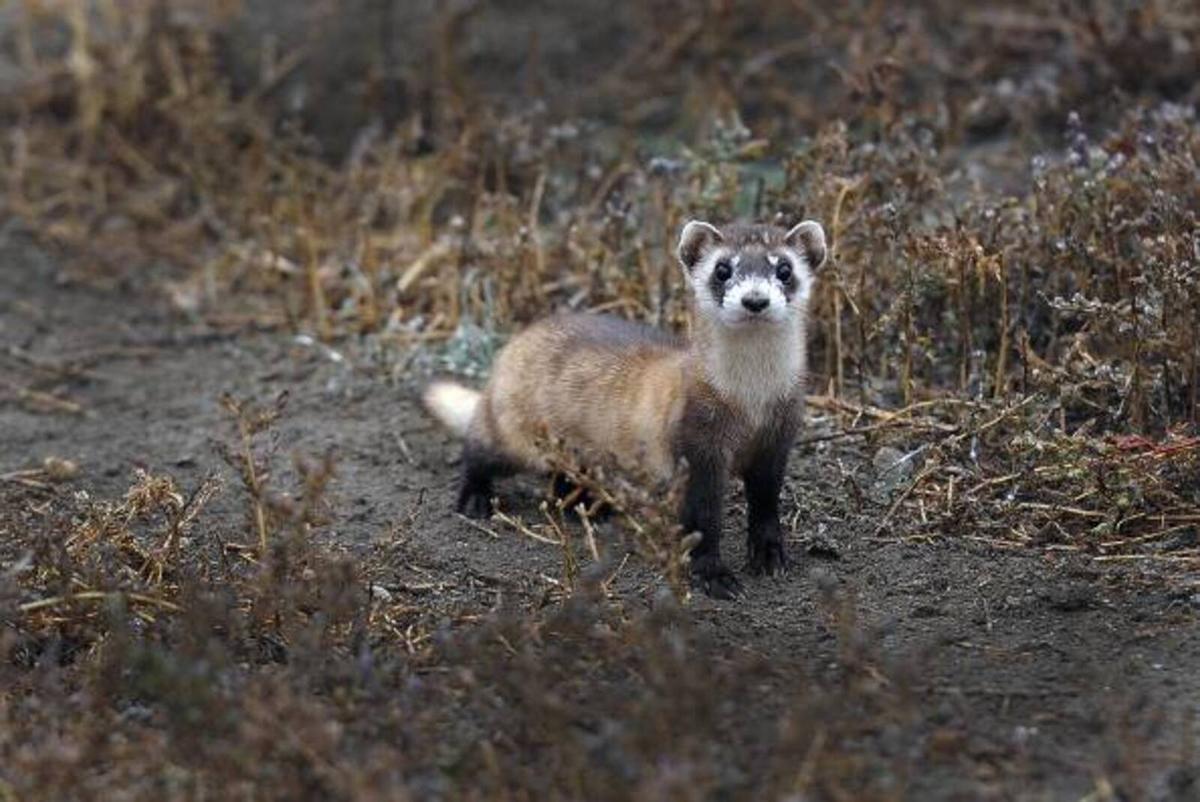In a demonstration of the possibilities offered by cloning for the conservation of an endangered animal, scientists from the USA have managed to have kits of black-footed ferrets (Mustela nigripes) born from a cloned mother.
This ferret is seriously threatened with disappearing from the planet.
Genetic Diversity and Cloning
The loss of genetic diversity is one of the factors that favor the extinction of a species.
In the case of the black-footed ferret, all individuals come from only seven individuals, exposing them to serious diseases.
The cloned mother, Antonia, and her sister clones, Elizabeth-Ann and Noreen, were created using frozen cells from a deceased specimen named Willa, whose genetic material contains three times the genetic variations of current ferrets.
Impact and Future
By returning Willa’s genetics to the current population, scientists are confident in recovering some genetic diversity through new cloned offspring for this endangered animal.
The birth of Antonia’s kits marks an important milestone in the conservation of endangered species, although cloning alone does not guarantee the success of recovery. It is crucial to preserve habitats, manage diseases, and reintroduce the ferrets into the environment.

Current Situation of the Black-Footed Ferret
Populations of the black-footed ferret, a species that was once believed to be extinct worldwide, are slowly recovering. Over the last thirty years, the joint efforts of many state and federal agencies, zoos, Native American tribes, conservation organizations, and private landowners have given the black-footed ferret a second chance to survive.
Recovery efforts have helped restore the population to around 300 individuals in North America.
Habitat loss and diseases remain the major threats to this species considered endangered.
Have you already visited our YouTube channel? Subscribe now!

